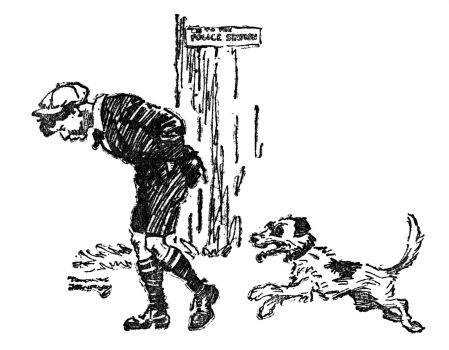Back in the day, and it was a long day, I had an idea for a sort of travel book to be titled The Seaside in Winter. The pitch was that I’d buy a camper van, a Volkswagen no doubt, and in the course of a long winter I’d travel around the coast of mainline Britain. By day I’d walk and look and feel the wind and rain and icy chill, and in the evening I’d return to the camper, park up, and spend the evening writing up my notes from the day, which would involve reflecting on and savouring the bleak melancholy of deserted seaside spaces.
I can still see how it might have worked but I never turned it into a proposal, because I also thought it might be recipe for doom. ‘Promising melancholic young writer found dead by his own hand in VW Camper.’ That might have boosted sales a little, but it wasn’t enough. Yet that doesn’t mean I’ve stopped enjoying the seaside in winter.
And so at the weekend I went to Dovercourt: north east Essex coast, next to Harwich, and the casual flâneur might be hard pressed to say where one town ended and the other one started.
Dovercourt is where Hi Di Hi was filmed, in Warner’s Holiday Camp, renamed Maplins for the show. I wasn’t a regular viewer, but I don’t remember many scenes being shot outdoors, though evidently some were.
Dovercourt in late November had many of the things I thought would be components of my long lost book, even though I’m well aware that late November isn’t truly winter. There was the empty seaside shelter – with pro-Jesus and anti-Satan graffiti.
They’ve got two 19th century steampunk(ish) lighthouses (no longer in use):
There was crazy golf – I would have played if the kiosk had been open:
And you know I love signs, not least this one,
I think, and again I may be wrong, it’s warning you that you could be attacked by a blob of black ectoplasm rising from the beach and attacking you in the trouser region. In general I think life requires a few risks, but I’m all in favour of being warned against that particular danger.
As well as being proper seaside, with groins, lighthouses and (rather small) stretches of beach, Dovercourt also has some serious suburbia, which of course I’m deeply attracted to.
Note how the two bungalows above are apparently mirror images of each other, but they have a different kind of pvc front door and a different kind of lamp adjacent to it. That’ll make a house stand out from all the others, not that everybody in suburbia wants their house to stand out.
Anchors are another option:
So is a horse:








































